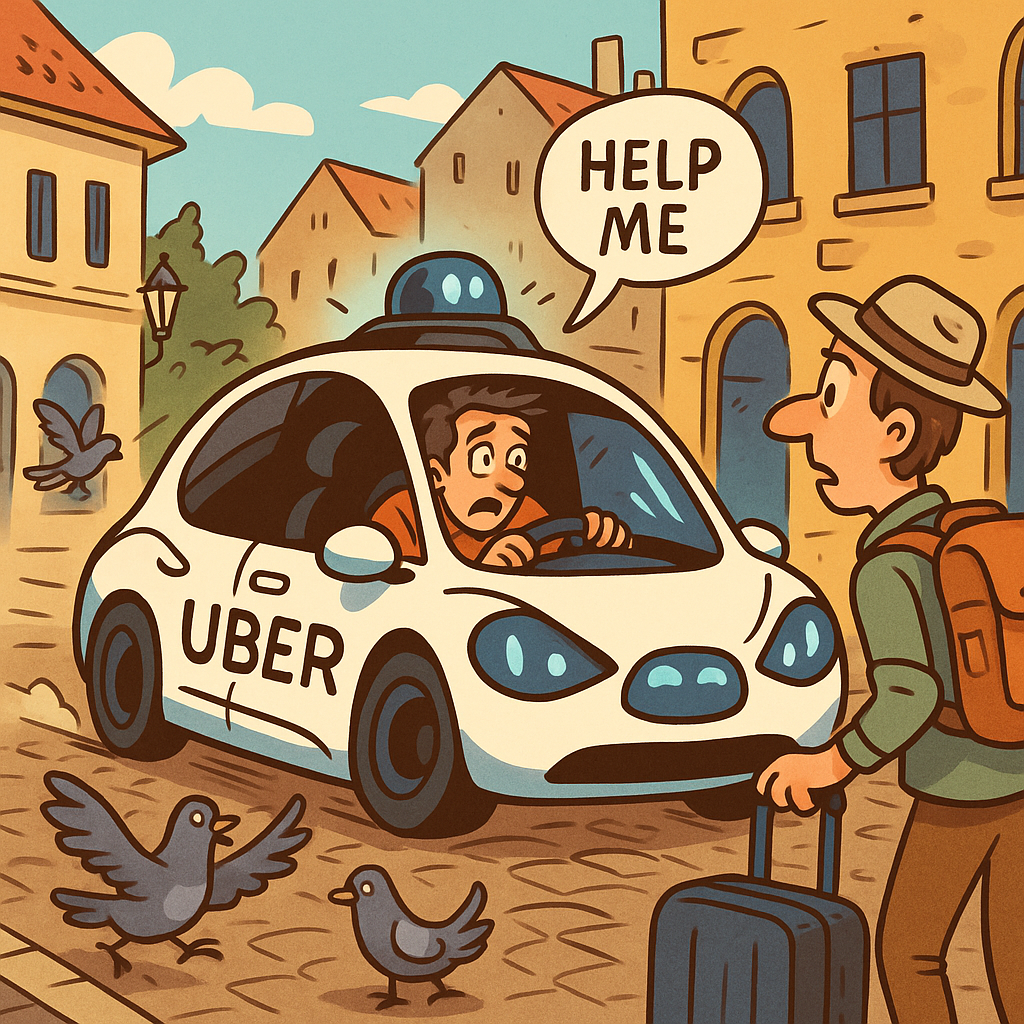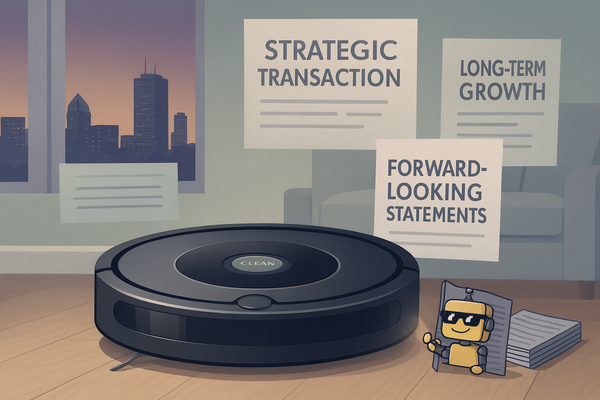Snark Bytes: Autonomous Uber Is Coming — Because What Could Go Wrong in European Traffic?
Uber and Momenta announced a strategic partnership to launch robotaxis on Uber’s European platform by 2026, combining Uber’s ridesharing network with Momenta’s autonomous driving technology for scalable, safe, and efficient autonomous mobility services.

Brace yourselves, Europe — the robotaxis are coming, and this time, they’re not just some futuristic headline in Wired or a Black Mirror episode. Uber and China’s autonomous driving darling, Momenta, have announced a strategic agreement to roll out robotaxis on the Uber platform in international markets — which conveniently means not in the U.S. or China, where regulations (and lawsuits) might be a little stickier.
The two giants promise that by early 2026, self-driving Ubers — with onboard safety operators (aka humans paid to sit there and pray nothing goes wrong) — will be shuttling Europeans across the continent. According to Uber CEO Dara Khosrowshahi, it’s all about delivering “reliable and affordable autonomous mobility.” Translation: why pay drivers when you can just pay a robot… or at least, pay a company that promises robots?
Momenta, led by Xudong Cao, boasts a “flywheel approach” (because regular approaches are for amateurs) and has already racked up serious miles testing in Chinese cities. Now, they’re looking to spin that flywheel into Europe, where passengers will get the thrilling experience of riding in a car that probably won’t crash.
For Uber, this is just the latest chapter in its decade-long mission to disrupt every part of urban life — first by revolutionizing rides, then by squeezing drivers with shrinking payouts, and now by cutting them out entirely. Will it work? Will the robots unionize before the human drivers do? Will passengers finally stop asking for aux cord privileges? Only time will tell.




